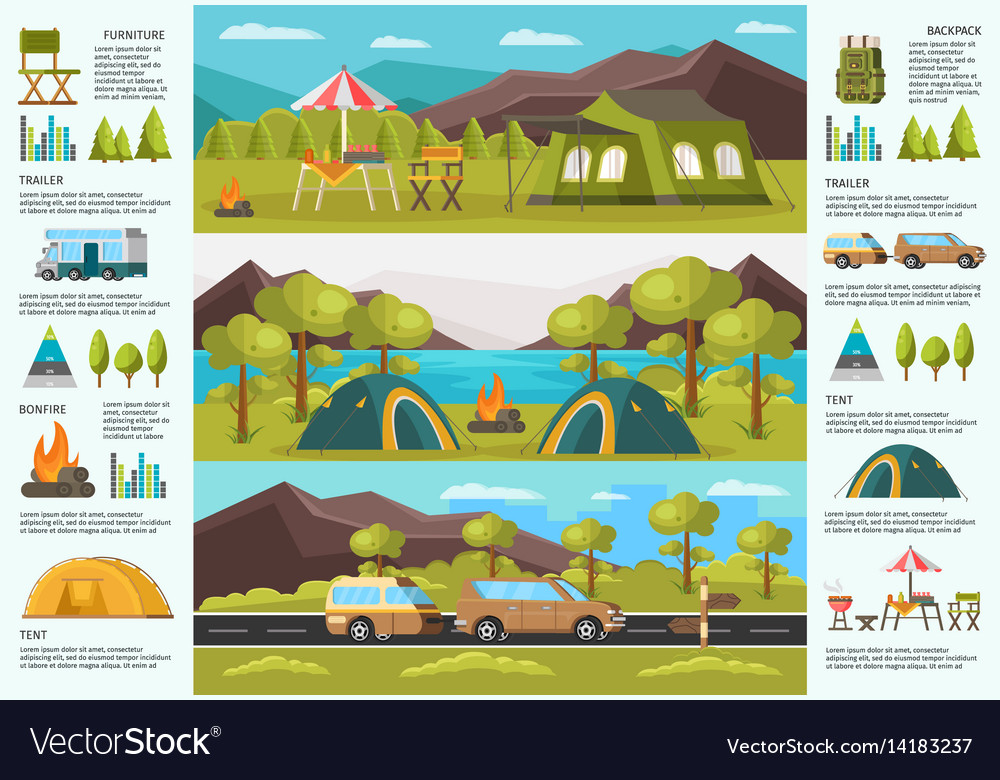While both deal toughness in various atmospheres, it is very important to establish which sort of insulation will certainly finest serve your needs. The insulation you pick influences warmth, weight, water resistance, compressibility and price.
Down is collected from waterfowl, usually ducks or geese. It is treasured for its agility, easy compression and protecting residential or commercial properties. Nonetheless, down becomes much less effective when damp.
Warmth-to-Weight
A high warmth-to-weight proportion is preferred in exterior clothes and equipment. The insulating residential properties of down feathers make them a terrific choice for this objective, as they are incredibly cozy and lightweight.
Nevertheless, down sheds its insulating capabilities when it splashes, implying it requires to be coupled with a water resistant covering. Additionally, some people dislike down, making artificial coats a much better alternative for them.
Artificial insulations are usually made from recycled polyester and made to mimic down's protecting buildings. They are not as lightweight as down, however they do not shed their shielding abilities when they splash and completely dry quicker than down. They are also much more budget friendly than down. However, their life expectancy is much shorter than down, causing higher maintenance and replacement prices.
Water Resistance
The insulation you pick for your work coat will certainly make a big difference in exactly how comfy you really feel outdoors. Nonetheless, the type of insulation you choose likewise has substantial effects for your sustainability goals.
Down is an excellent insulator for a number of reasons. It's lightweight, compressible, and supplies a great warmth-to-weight proportion. Nonetheless, it does not fare well when it gets wet. Down clumps up and loses its loft when wet, which can substantially minimize its capacity to catch heat.
Artificial insulation products, such as Thinsulate and Primaloft, stand up better versus damp conditions. They generally have a tight weave or chemical finishing that keeps water from penetrating the material. This enables the insulation to stay breathable, even if damp. It deserves keeping in mind that synthetics can additionally be unpleasant when damp, yet they preserve their shielding buildings.
Compressibility
While goose down does breathable fabric have a superior warmth-to-weight ratio, synthetic insulation performs similarly. However, unlike down which absorbs and sheds its shielding capacities when damp, artificial insulation does not. Consequently, it can maintain its loft space and catch cozy air in wet conditions.
Typically manufactured from polyester sheets or clusters that mimic down, the most usual artificial insulation brand names consist of PrimaLoft, FullRange, Thermoball and Patagonia's PlumaFill. While it still can't match down's loftiness and warmth-to-weight, synthetic coats are lightweight, quick to dry and less expensive than down. This makes synthetic jackets ideal for damp settings, or if you're prone to sweating greatly. Synthetic jackets are also much less fragile than down and can lose. This toughness reaches their face materials which are normally thicker and extra sturdy than down.
Toughness
A significant consideration in sustainability is a material's long life and longevity. All-natural materials like cork, ThermaCork expanded cork and Havelock woollen last longer than artificial choices like fiberglass and vinyl. They additionally call for much less maintenance and can stand up to severe environmental problems.
Nevertheless, natural insulation doesn't execute also when wet as artificial options. Wool and fleece glob with each other when wet, endangering their capability to trap heat. Synthetic insulation, on the other hand, does not absorb dampness and continues to insulate also when soaked.
This makes artificial insulation suitable for wet environments and laborious activities where you could sweat greatly. It's likewise simpler to clean and dries out faster than down. This added longevity and dependability make synthetic insulation a total champion in this group. This equates to durable shielded work boots that last lengthy and keep you warm via demanding atmospheres.
Sustainability
Natural products offer biodegradability and a smaller sized environmental impact, while synthetic alternatives boast durability and ingenious applications that support power efficiency. Nevertheless, it is essential to understand real environmental impact of these insulation materials from cradle-to-grave.
For example, if a natural insulation product has to take a trip a long distance from its resource to the building website, transportation-related emissions boost its overall carbon impact. Picking in your area sourced and recycled items reduces that effect. And, opting for GREENGUARD and Cradle to Cradle accreditations ensures that insulation is without unpredictable organic substances (VOCs) and supports accountable sourcing and labor problems.
Sheep's wool and cork are eco-friendly insulation sources that are harvested without harming the tree or plant. Both have actually the added advantage of being normally resistant to mold and mildew, parasites and wetness.
